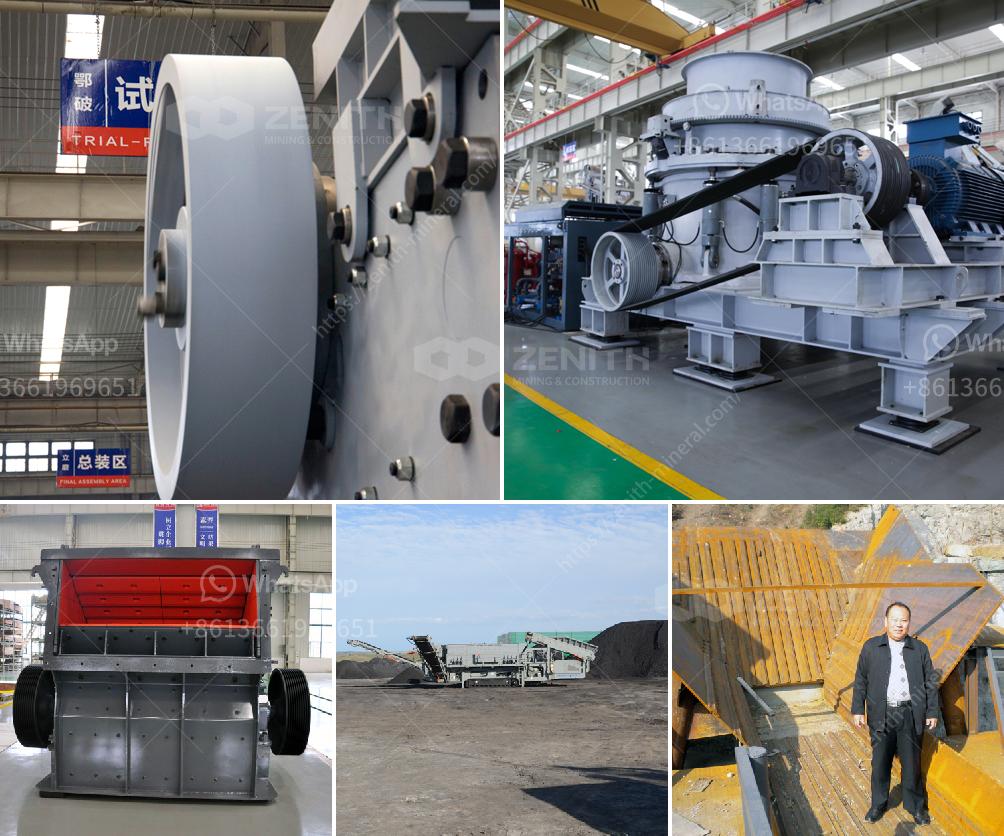Handling the charge volume of a ball mill or rod mill is crucial for optimal performance and efficiency. Here are some steps and considerations to manage it effectively:
Calculate the Charge Volume: There are various formulas to calculate the charge volume, but the simplest method is to use the percentage of the mill's internal volume. Generally, for a ball mill, a charge volume of 30-45% is typically used, and for a rod mill, 35-45%.
\[ \text{Volume} = \frac{\text{Volume of balls or rods}}{\text{Volume of mill}} \]
Measure Mill Internals: Determine internal dimensions of the mill to calculate its volume accurately.
Consider Bulk Density: The bulk density of the media (balls or rods) will affect the volume they occupy.
Uniform Feed Size: Ensure the feed size is uniform; variability can affect the milling efficiency.
Material Characteristics: The hardness, abrasiveness, and specific gravity of the material have a significant impact on the dynamics inside the mill.
Check Regularly: Periodically check the mill load using different methods like the sound level, power consumption, or physical inspection (when the mill is stopped).
Adjust According to Throughput: Depending on your throughput requirements, you might need to adjust the charge volume.
Ball Media: For ball mills, use steel balls, ceramic balls, or other resilient materials of varying sizes (typically ranging from 20-100mm).
Rod Media: For rod mills, use steel rods of various diameters and lengths to match the mill size.
Speed Control: The rotational speed of the mill should be adjusted based on the type and volume of the charge. The critical speed (n_c) for a ball mill is usually considered to be around 65-75% of its critical speed:
\[ n_c = \left(\frac{76.6}{D^{0.5}}\right) \] Where (D) is the mill diameter in meters.
Liners and Lifters: Ensure the mill liners and lifters are in good condition as they significantly influence the motion of the charge.
By carefully managing the charge volume, considering the material characteristics, and continually monitoring and adjusting operational variables, you can optimize the performance and efficiency of your ball mill or rod mill.
